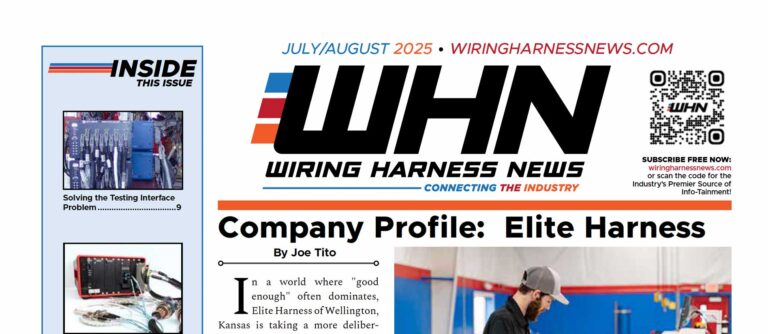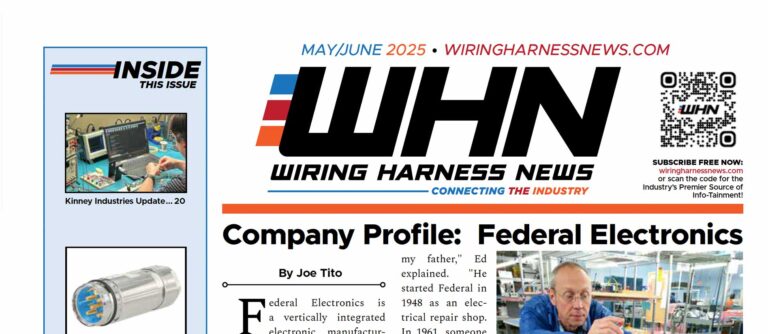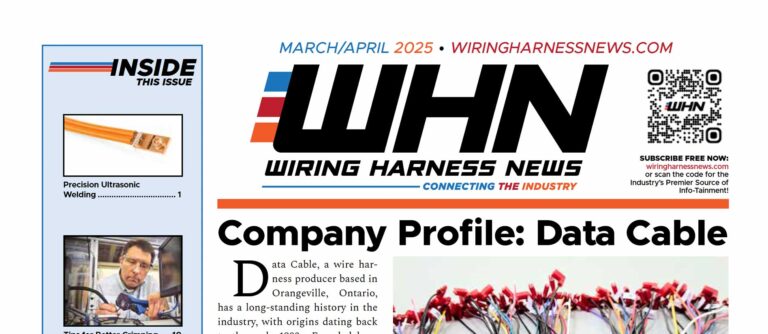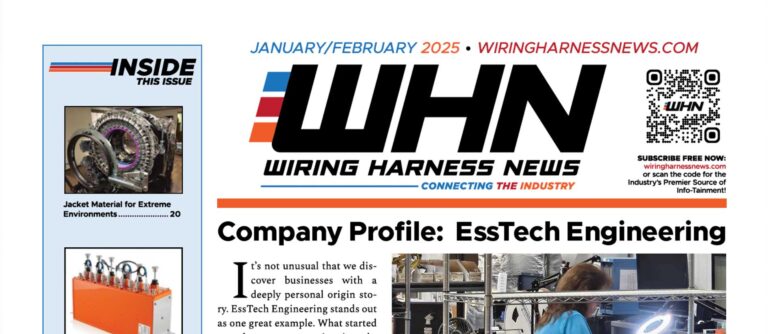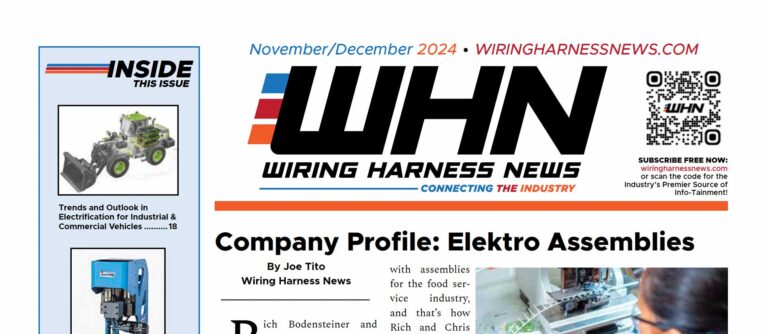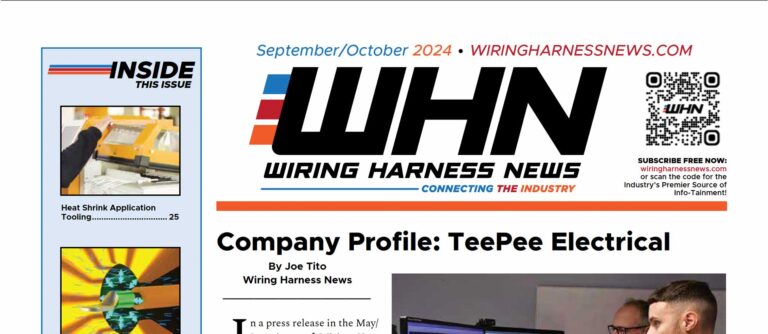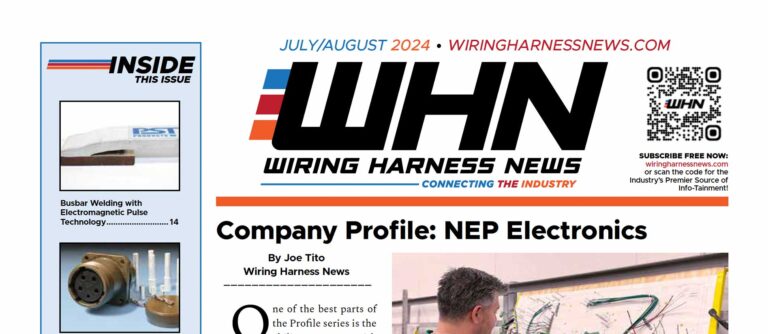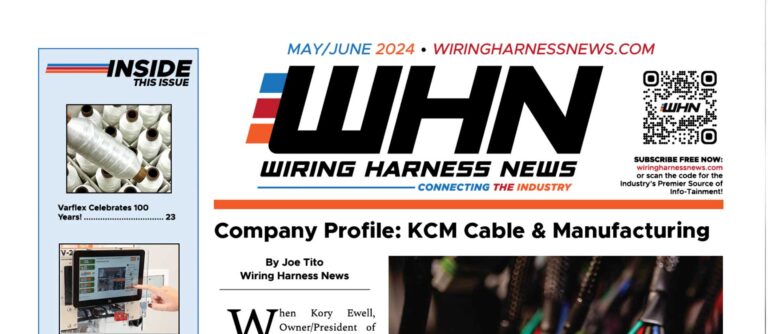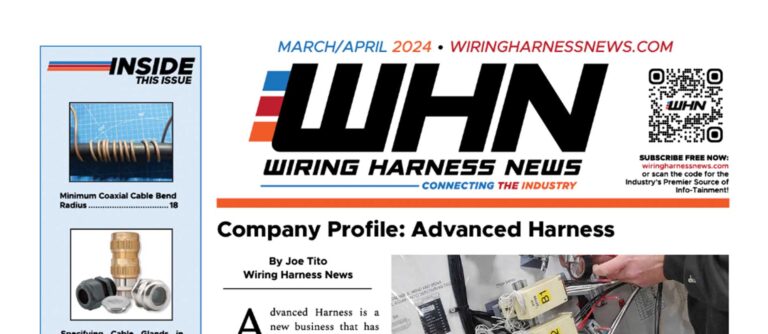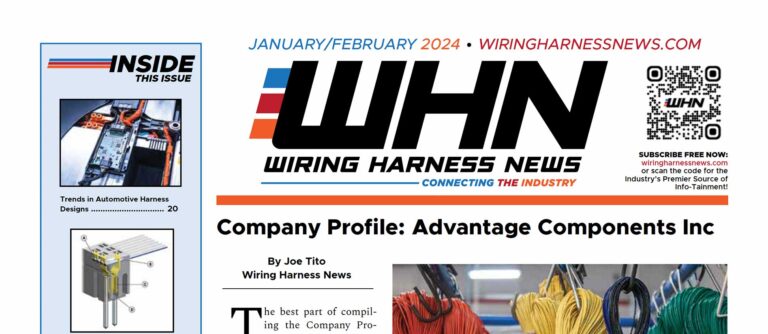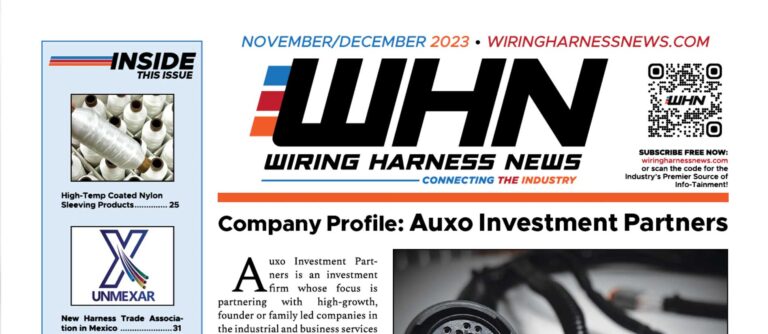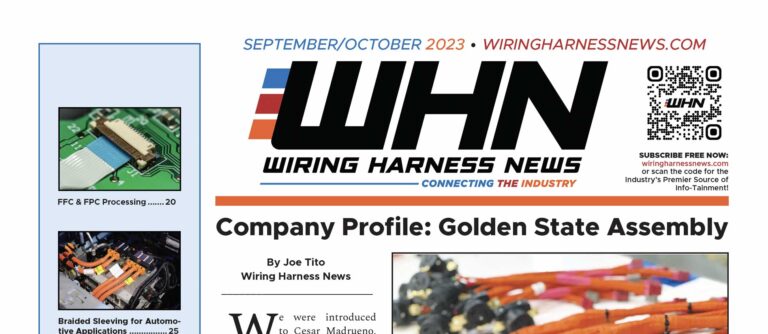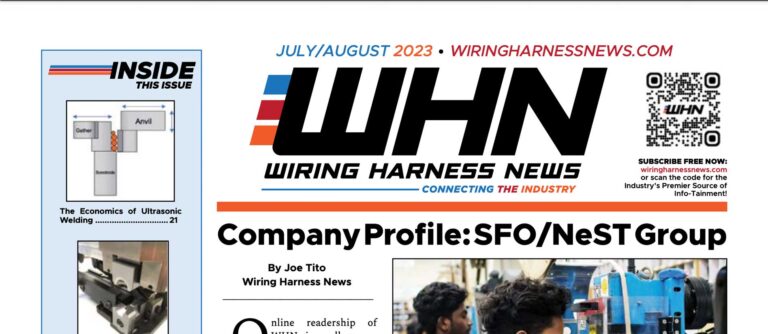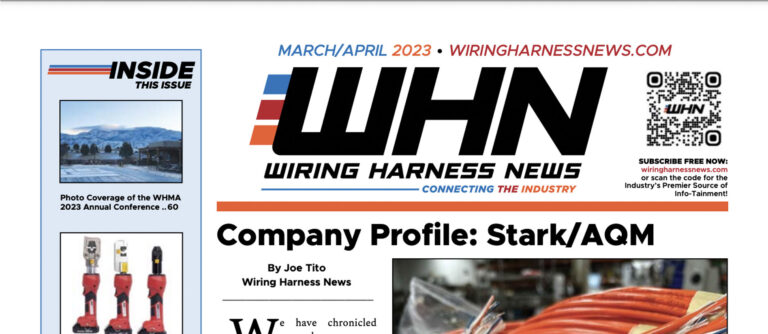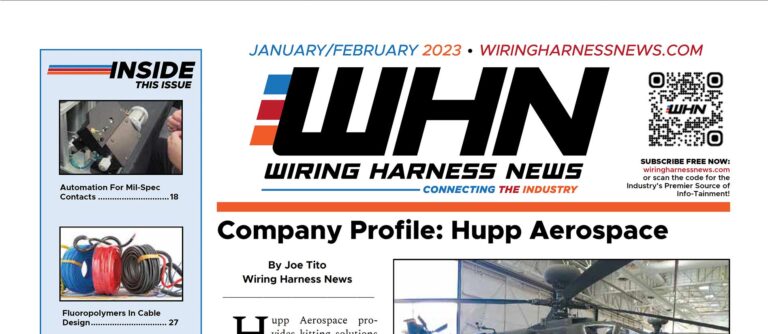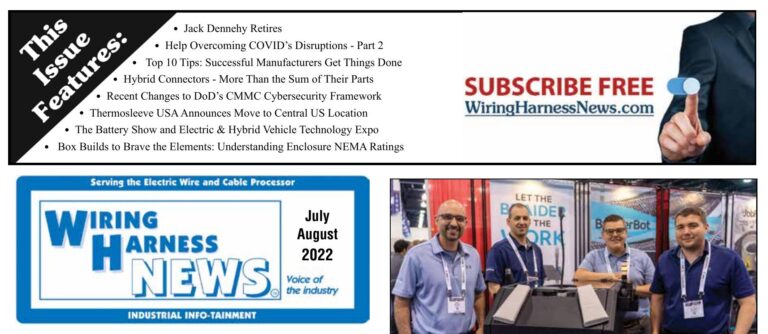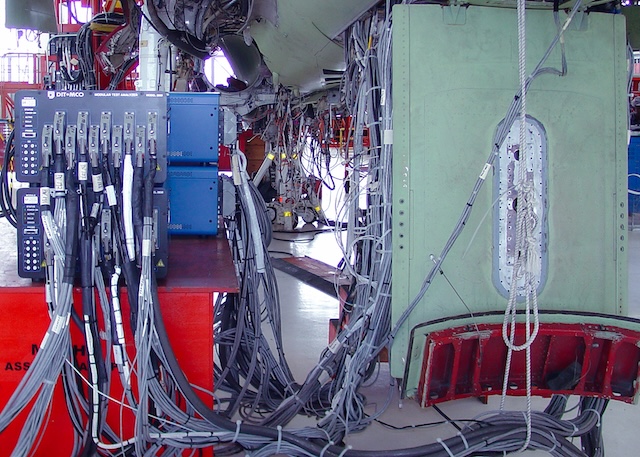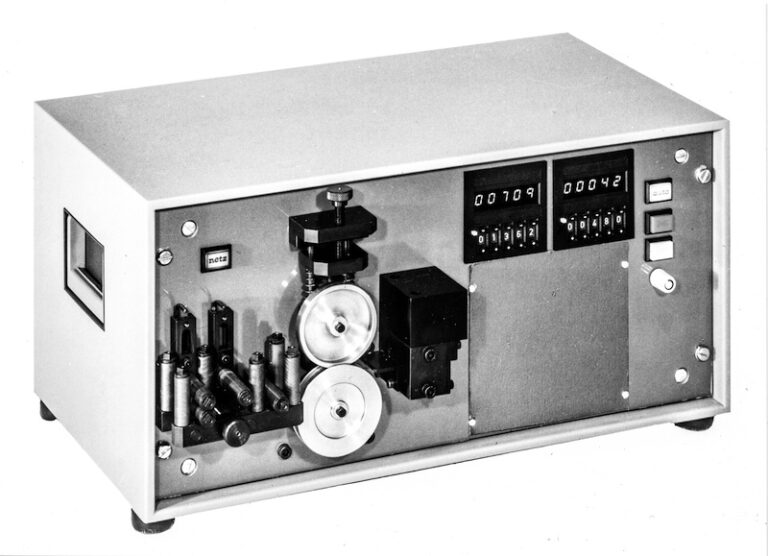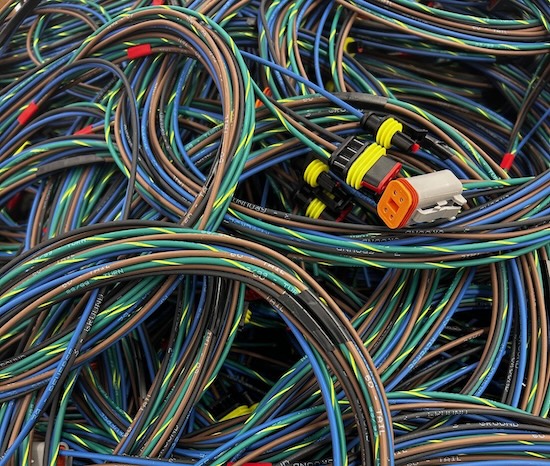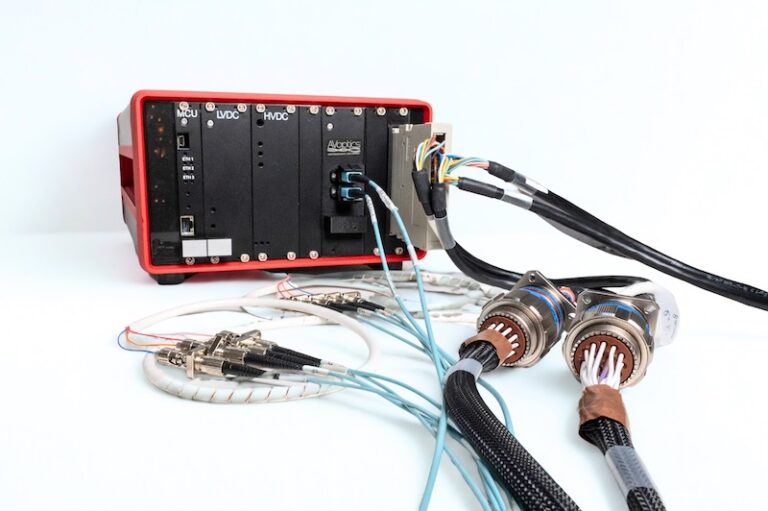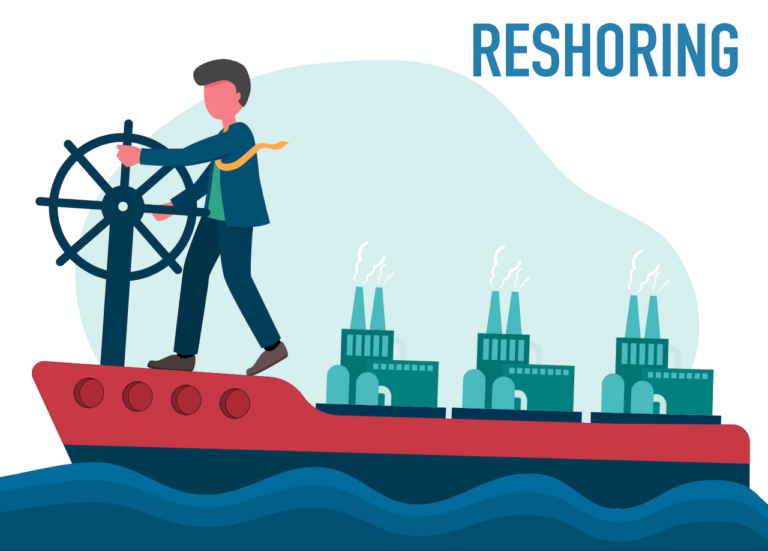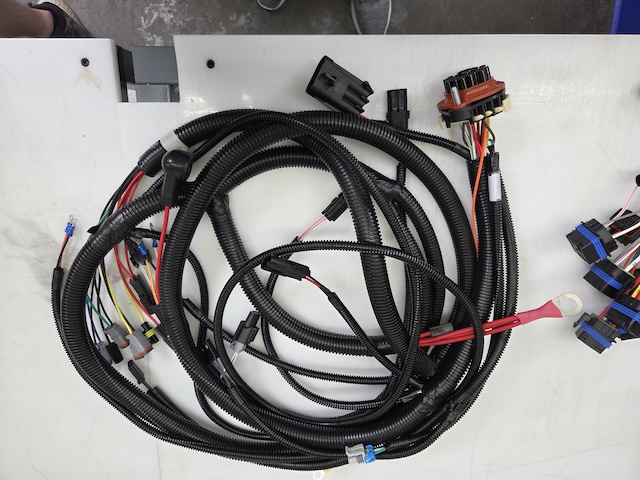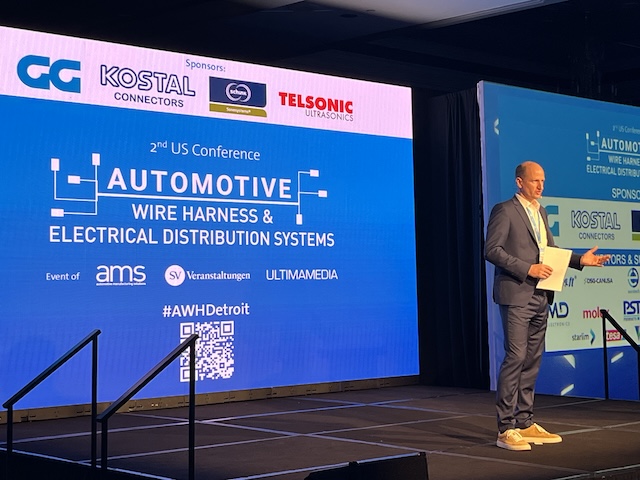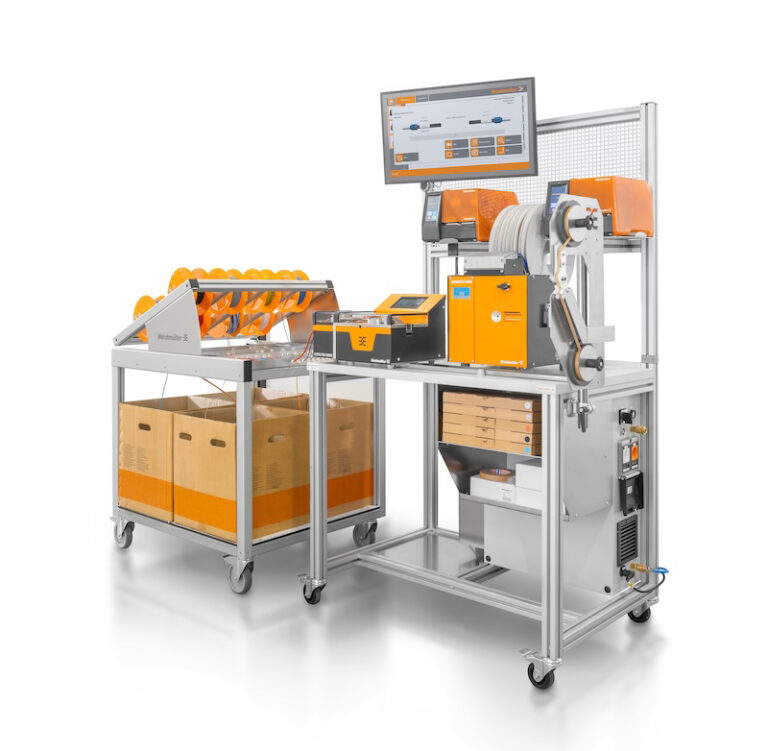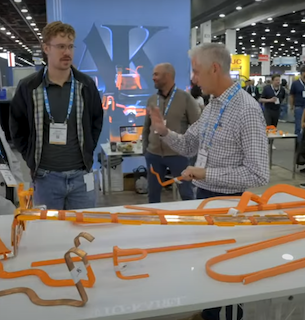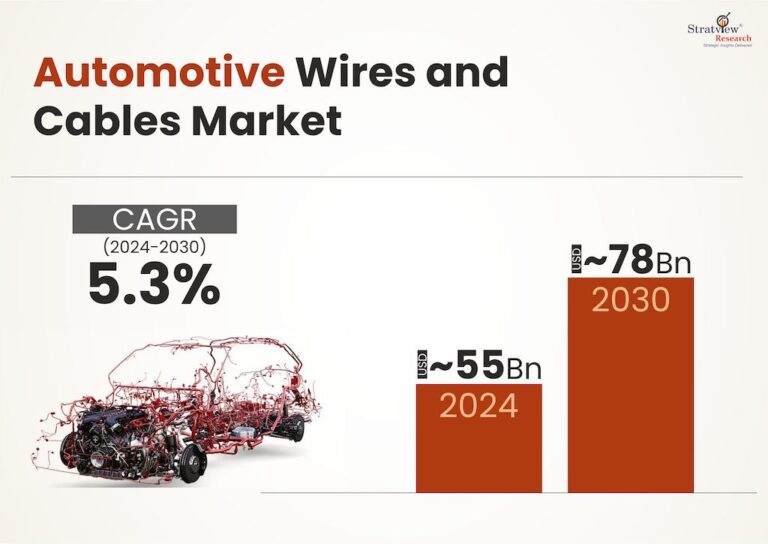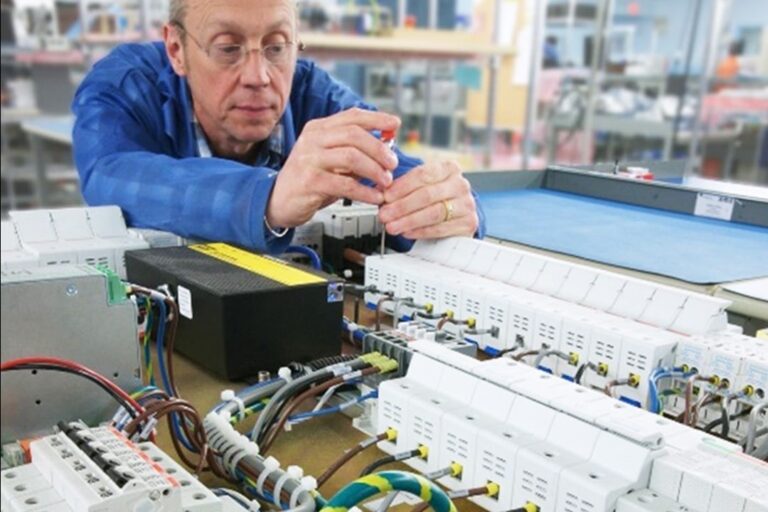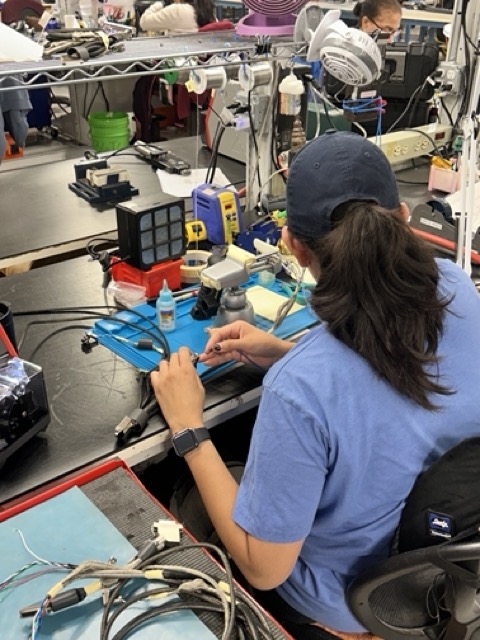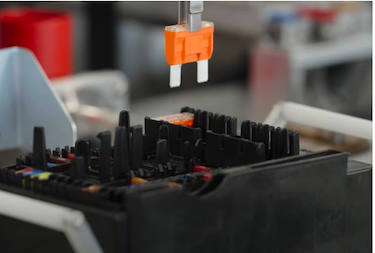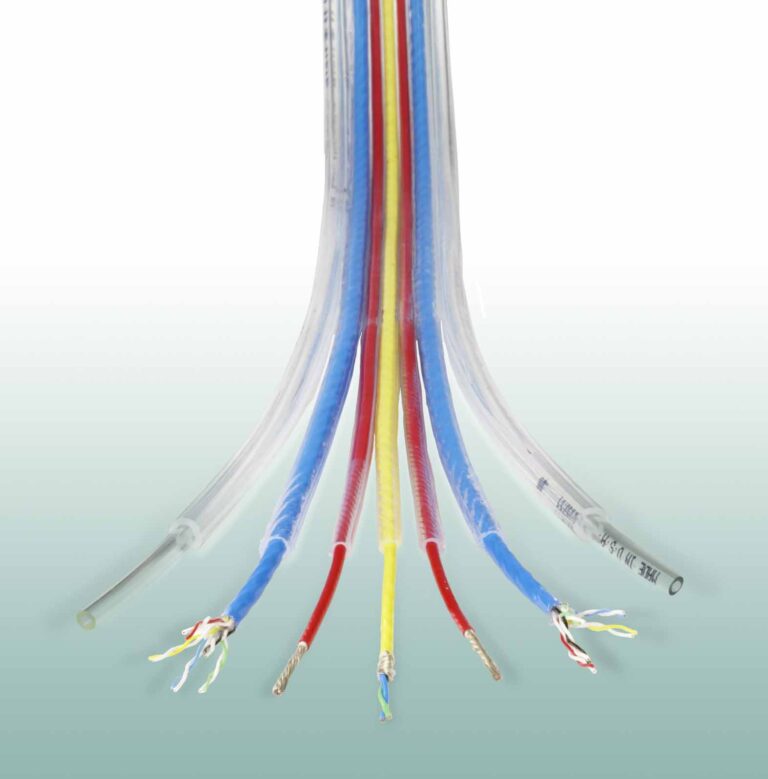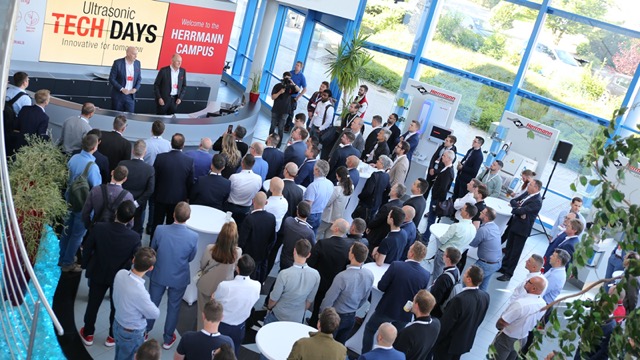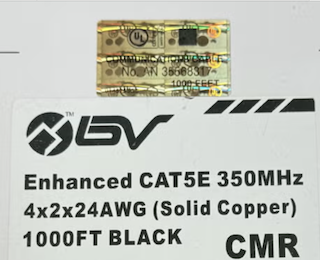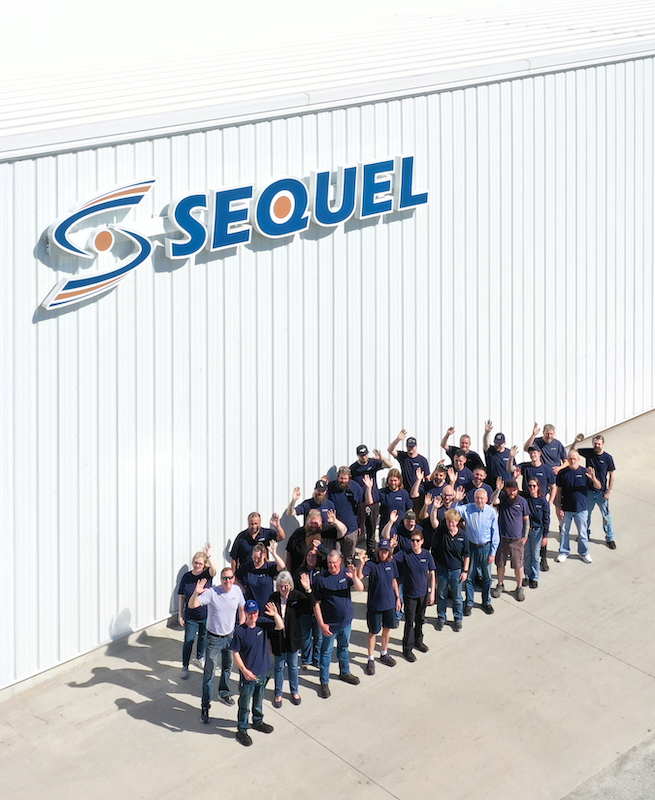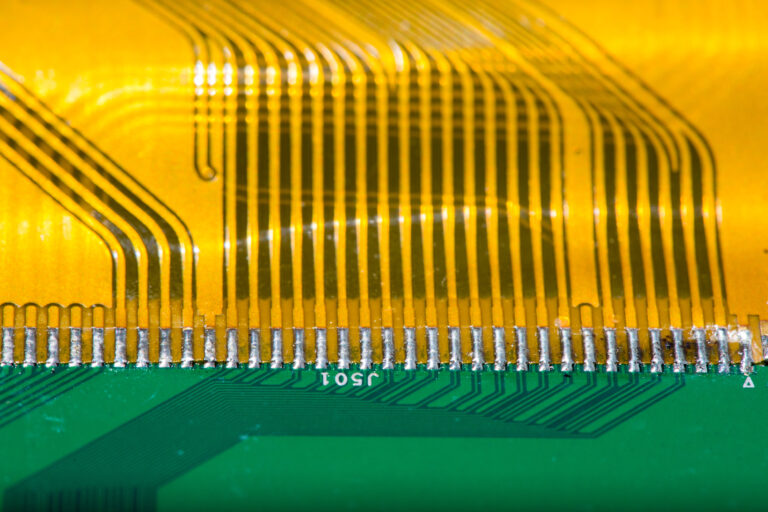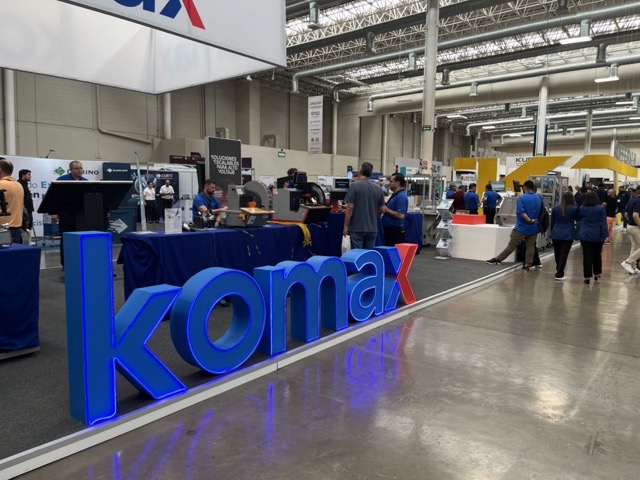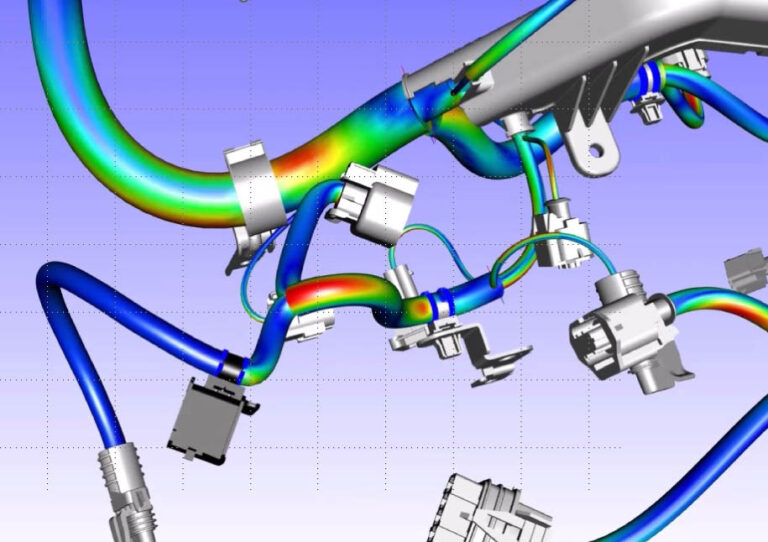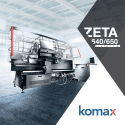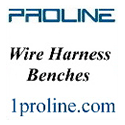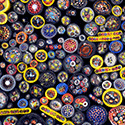In the world of wire processing, few names resonate with the same legacy and influence as Komax. For five decades, this pioneering company has not only shaped an industry but has also shared a journey defined by invention, resilience, and a steadfast commitment to solving real-world challenges. As Komax celebrates its 50th anniversary, we at Wiring Harness News reflect not just on the company’s monumental milestones, but on the man whose curious mind and fearless tinkering set it all in motion: Max Koch.
A Curious Boy with a Chemistry Set
Long before Komax existed, a young Max Koch was experimenting—sometimes explosively—with chemistry. As a child in Lucerne, Switzerland, Max converted his room into a laboratory, mixing elements and occasionally blowing out the windows. “All the glass in my room shattered,” he recalled, following one ill-fated encounter with potassium. The episode left his laboratory in ruins but sparked a critical redirection. With chemistry quite literally behind him, he turned to electronics.
His first ventures into that field were humble but telling: a Kosmos kit that let him build a voltmeter and an ammeter. These small wins weren’t just exercises— they were early steps on a path that would revolutionize an industry.
The Stereo Entrepreneur
Max began to show an entrepreneurial flair early in life. In his teens, inspired by his love for Beethoven and Mozart, he wanted a stereo system. His father said no. Undeterred, Max built his own amplifier and speakers—then built four more, sold them to relatives, and kept one for himself. The experience taught him not only how to work with wood and transistors but how to fund an idea with clever resourcefulness.
“I had no money,” he said, “so I built five, sold four, and paid for mine.”
Reinventing Rules, One Device at a Time
In 1974, amid newly enforced speed limits in Swiss cities, Max faced a problem: traffic fines. A particularly irksome 20-franc ticket led him to design a personal solution—a speech-controlled speed warning device. Using a mechanical tachometer, a magnet, and a reed switch, Max developed a gadget that warned him when he exceeded preset speed thresholds.
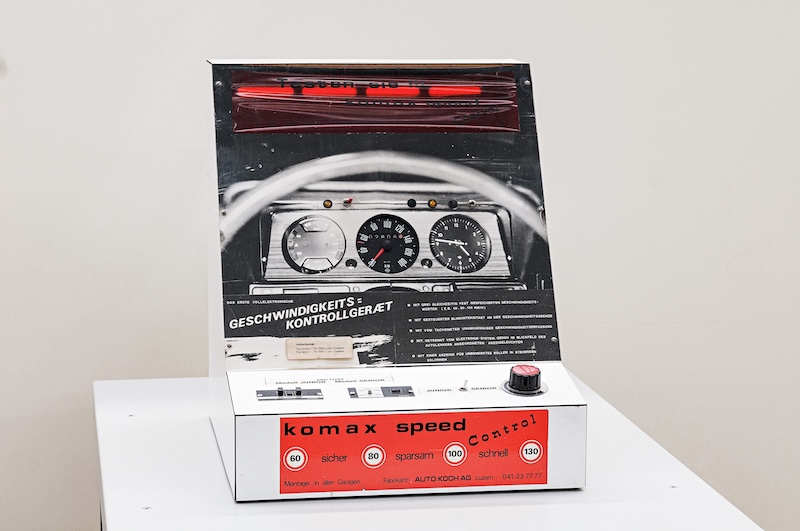
Fate intervened when an old acquaintance from Max’s disco DJ days—now a reporter for Swiss Radio—noticed the gadget in Max’s car. Intrigued, the reporter invited him for a live interview. Max agreed, more interested in seeing the radio studio than in promoting the device. But the response was overwhelming. The broadcast led to thousands of inquiries from listeners who, like Max, were tired of speeding fines.
At that time, Max was still a student at ETH Zurich. But the flood of orders prompted a decision: build the devices commercially. With a couple of hired hands in Lucerne, Max assembled 2,000 units. Just like that, an idea became a business.
Discovering Automation by Necessity
The story could have ended there—with Max producing clever gadgets and moving on. But it didn’t. As he began assembling thousands of speed-warning units, Max ran into a bottleneck: wire cutting and preparation. Each unit required precisely sized wires, and the manual work was both time-consuming and error-prone.
In typical fashion, Max built a solution—a wire cutting machine using stepper motors to ensure accuracy and repeatability. That machine, created to streamline his own process, would become the genesis of something much larger.
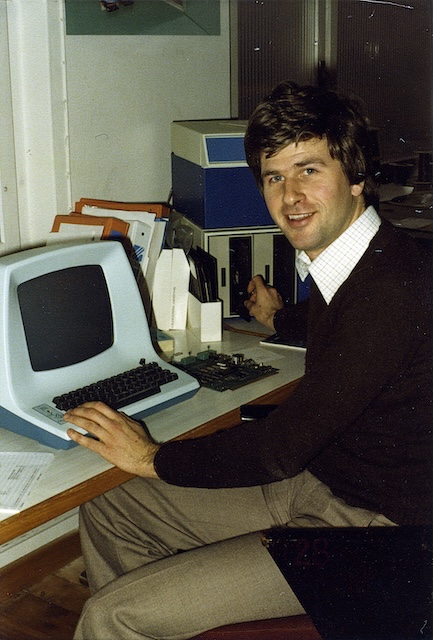
“I realized I wasn’t just building a device to make gadgets easier—I was solving a universal problem,” Max would later say.
This revelation led to the first Komax wire processing machine, launched in 1976. Known as the Komax 20, it marked the beginning of Komax’s transformation from a project-based startup into a technology-driven manufacturer.
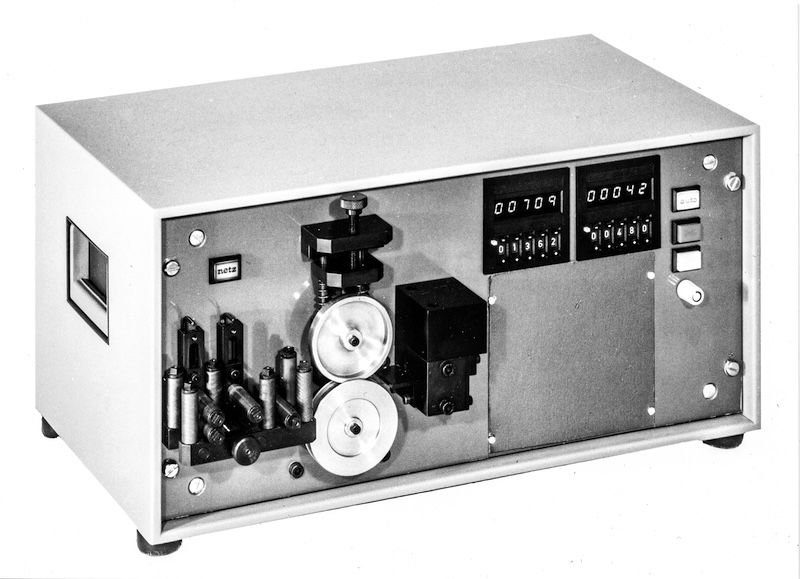
Just two years later, Komax formalized into Komax electronic AG, and by 1982 the company released the Komax 40—a fully automatic, microprocessor-controlled crimping machine. It was the first of its kind. Customers were no longer asking for gadgets. They were asking for process efficiency and Komax was ready.
Founding Komax: Building a Wire Processing Revolution
What began as a sideline project soon matured into something far more impactful. In 1975, Komax was officially founded. The company’s early years saw a transition from general electronics to specializing in automation—especially for wire processing. This pivot proved prescient.
By 1976, Komax had already launched its first fully automatic wire processing machine. While competitors remained focused on manual or semi-automated tools, Max and his growing team leaned into full automation, pushing the boundaries of what was possible.
Through the 1980s and 90s, Komax expanded internationally, establishing production facilities and sales offices across Europe, Asia, and North America. Each expansion was underpinned by innovation—whether in stripping, crimping, testing, or harness assembly.
In 1997, Komax went public, a move that accelerated global growth and R&D investment. But despite its size, the company retained the spirit of its founder: solve problems, stay curious, and never stop iterating.
Today’s Lineage: From Bench-Top Workhorses to Fully Automatic Systems
Fast forward to 2025—and Komax’s flagship Alpha and Zeta/Omega series can trace their DNA back to those first machines born in Lucerne’s garage.
Bench-Top Reliability
Komax’s line of cut, strip, and crimp semiautomatic units has long been a staple for harness builders and small‑batch production.
- For tougher insulation or precise end preparation, the ILC Bench Top series (20/8 BTS and 30/20 BTS) adds infrared laser stripping and slit capabilities. These units enable streamlined processing of challenging cables with minimal maintenance.
- For dual-function needs, the Delta 260 (bench-top cut & strip with crimp) combines cutting, insulation removal, and crimping in one compact workstation—ideal for mid‑level production environments.
These platforms may lack the speed and scale of fully automatic lines, but they retain a loyal following for their dependability, ease-of-use, and low cost of ownership—perfect echoes of Komax’s early philosophy: solve real problems with practical solutions.
Moving Up: The Alpha Crimp-to-Crimp Series
Built on that benchtop reliability, Komax’s Alpha series bridges the gap to automation while maintaining flexibility:
- The Alpha 530 is a compact, fully automatic crimping solution that handles crimping and seal insertion on both sides of a wire, feeding up to 6 mm², and supporting speeds of up to 9 m/sec.
- For greater versatility, the Alpha 565 boasts up to seven processing stations—including crimping, tinning, fluxing, and ultrasonic compacting. It fulfills a broader spectrum of harness-building needs in a single footprint.
Scaling to Full Automation: Zeta/Omega Harness Systems
For customers needing fully integrated harness assembly, the Zeta and the Omega series represent Komax’s most advanced offering:
- The Zeta 620 serves as an entry-level solution in a fully automatic harness line. Compact yet capable, it features two processing modules alongside automatic bundling and labeling—saving up to 50% in labor time.
- The Zeta 630 steps up with dual-feed modules and a 36-wire changer, further enhancing productivity and layout flexibility—ideal for control panel production.
- The Omega 740/750 is the solution when it comes to producing wire harnesses of various complexity and equipping them with terminal housings on one or both sides.
These flagship systems embody the very essence of Max’s vision—a progression from manual, flawed processes to smooth, fully integrated, high-quality automation.
Beyond core wire processing platforms, Komax also offers an extensive suite of complementary solutions that complete the production ecosystem. These include systems for electrical and functional testing, cable validation, and high-voltage inspection. For harness finishing, Komax provides solutions for automated taping and tubing. A comprehensive range of quality assurance tools further supports manufacturing precision. In addition, software platforms enable planning, monitoring, and seamless integration across production lines. Komax’s global Service & Support team ensures customers receive expert assistance throughout the product lifecycle.
Fifty Years of Milestones
The company’s online timeline reads like a chronicle of automation itself:
- 1975: Komax is founded in Lucerne.
- 1976: First automatic wire processing machine.
- 1980: Entry into the US market.
- 1997: Komax Holding AG goes public.
- 2022: Merger with Schleuniger.
Each of these markers represents more than corporate growth; they symbolize Komax’s ongoing commitment to innovation and service.
The Spirit Behind the Brand
It’s tempting to look at Komax today—a multinational company with thousands of employees—and think it was always destined for success. But the real story is more relatable and endearing to the entrepreneurs in our industry. It’s the story of a boy who couldn’t afford a stereo, so he built one. A student frustrated by speeding tickets, who turned a problem into a product. A young man who developed a tool to solve his own problem, only to see its merits as a stand-alone product line.
These aren’t just anecdotes. They’re the DNA of Komax. Max Koch’s early adventures weren’t tangents; they were proof-of-concept for what Komax would become: a company powered by curiosity, built on ingenuity, and sustained by a desire to do things better.
A Look Ahead
As Komax moves into its next 50 years, the challenges will change, but the mission remains the same. Whether it’s navigating the rise of electrification, sustainability demands, or Industry 4.0, Komax’s foundation is uniquely suited to adapt. With a legacy of innovation and a culture that values both precision and passion, the company is poised not only to meet the future—but to shape it.
Not Just a Vendor—A Partner
Komax has been an advertiser in Wiring Harness News since our earliest days. But the relationship goes beyond business. Over the years, Komax has contributed technical insights, participated in editorial content, and championed industry standards. They’ve helped us grow, just as we’ve witnessed their transformation from the modest early days into a global leader.
In an industry filled with precision and performance, Komax has always stood out for another reason: its humanity. The company culture reflects Max’s own character—pragmatic yet visionary, disciplined yet playful.
From all of us at Wiring Harness News, congratulations to Komax, and thank you—for the machines, the mentorship, and the memories. Here’s to the next 50 years.



